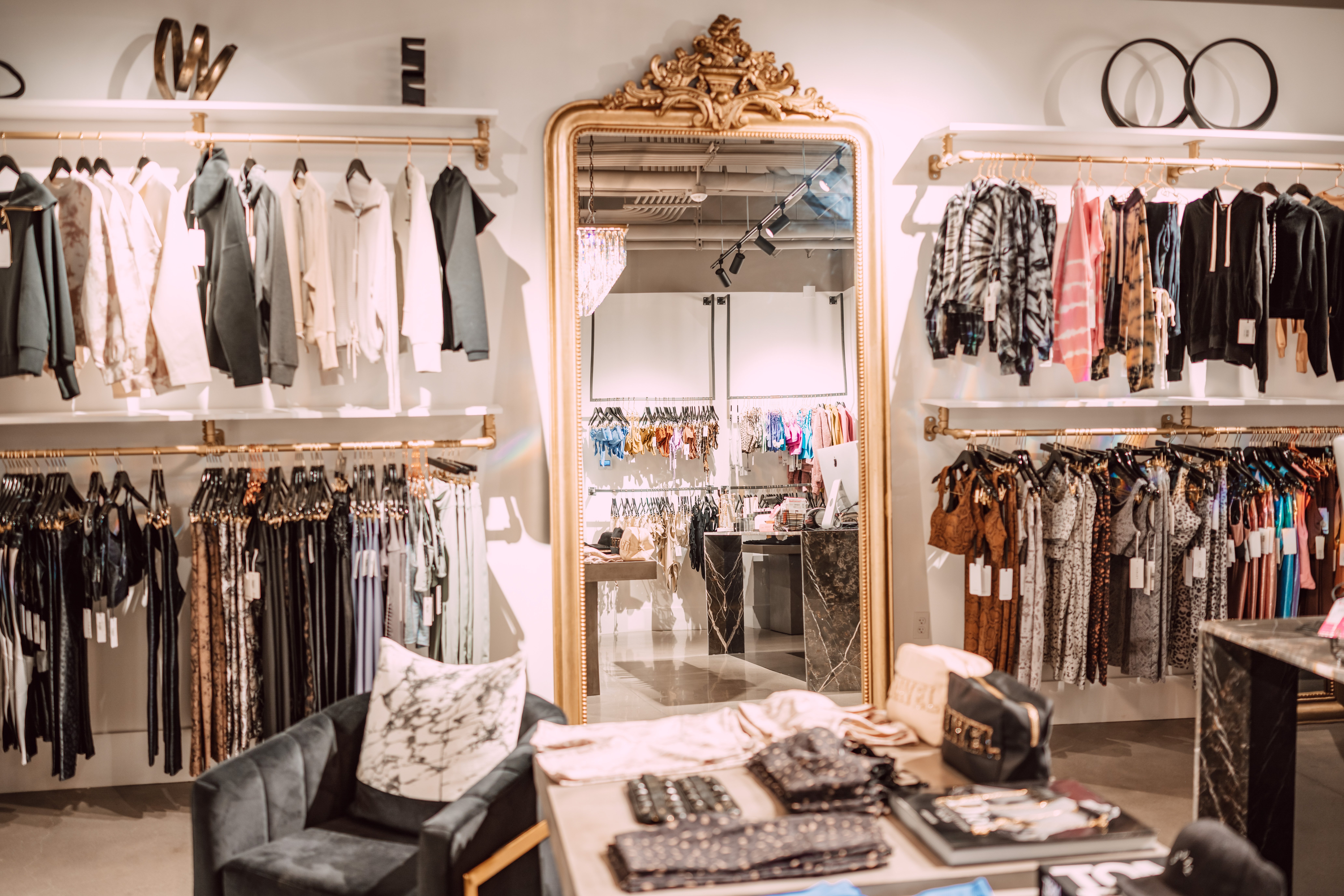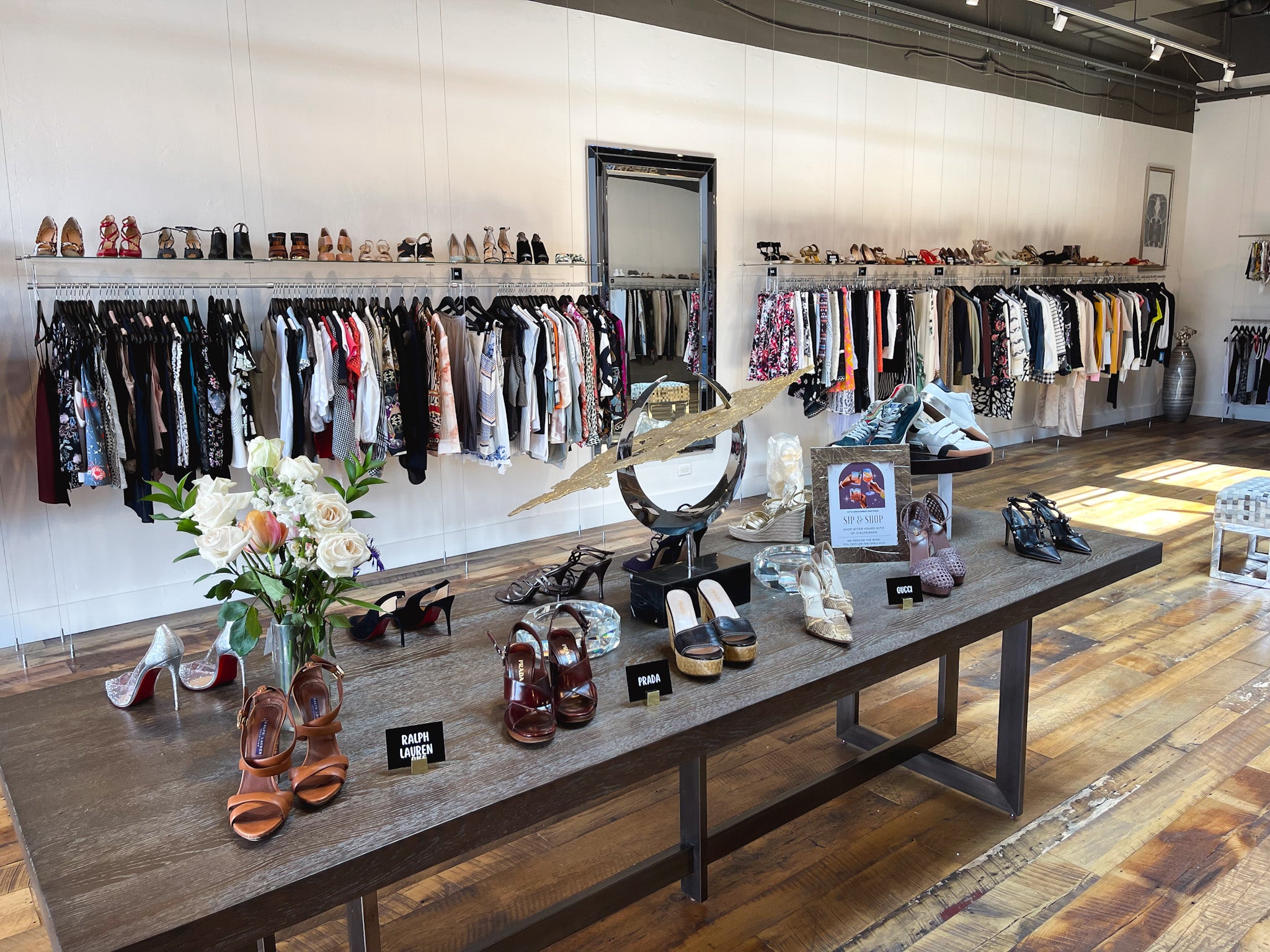A Novice's Guide to Navigating the Boutique Fashion Scene
A Novice's Guide to Navigating the Boutique Fashion Scene
Blog Article
A Deep Study the World of High-Fashion Runways: Understanding Garments as Art
Designers, a lot like skillful artists, weave elaborate narratives through shade, kind, and material, challenging conventional norms and redefining beauty criteria. As we check out these sartorial spectacles, we must contemplate: what function does style play in shaping societal worths, and just how does it mirror the ever-changing tapestry of human feeling and identification?
The Advancement of Runway Shows
The trajectory of runway programs has changed significantly over the decades, progressing from special industry occasions to captivating eyeglasses that blend fashion with art. Traditionally, path shows were intimate events, held in ateliers or tiny venues, primarily participated in by customers and sector insiders. These early discussions concentrated on the garments' workmanship and industrial viability, offering a straight and sensible display of seasonal collections.
As the style industry broadened, the nature of path programs started to alter. The 1970s and 1980s noted a transforming point, with designers looking for to distinguish themselves with even more staged presentations.
Over the last few years, modern technology and social networks have additionally changed path programs, making them obtainable to a worldwide audience. Livestreaming and digital platforms have actually equalized style, permitting fanatics worldwide to witness these events in real-time (boutique fashion). This development shows a wider cultural change, where high-fashion paths function as a vibrant crossway of efficiency, style, and development
Designers as Enthusiast Artists
Designers in the high-fashion sector have blurred the lines in between functional garment production and the conceptual realm of art. By welcoming artistic techniques such as sculpture, painting, and avant-garde installations, designers craft garments that challenge typical fashion standards and elevate them to art types.
Visionary designers draw inspiration from a myriad of sources, including abstract art, historical referrals, and personal narratives. They possess an unique capacity to visualize and emerge concepts that push the boundaries of traditional fashion, commonly redefining visual paradigms at the same time. This innovative resourcefulness is showcased through remarkable shapes, innovative products, and complex craftsmanship, which invite visitors to experience fashion as more than just wearable products.
In addition, the runway serves as a canvas for these artists, where lighting, music, and set layout coalesce to develop immersive experiences. These discussions are not merely displays of clothes however are orchestrated efficiencies that stimulate feeling and prompt idea, affirming the designer's function as a true musician in the modern social landscape.
Social Impacts in Fashion
Cultural tapestry weaves its intricate patterns into the material of style, affecting developers worldwide. The vibrant interchange of social tales, customs, and symbols notifies and influences collections that elegance high-fashion runways. Developers meticulously draw from their heritage or engage with cultures unique from their very own, crafting garments that function as visual narratives. This cultural dialogue not only enriches the aesthetic diversity but also fosters a much deeper understanding and admiration of international identifications.
The impact of culture on fashion is typically seen in the reinterpretation of conventional garments and patterns. The usage of Japanese robes, Indian saris, or African prints in contemporary style you can try these out reflects a blend of cultural authenticity and contemporary visual appeals. Developers such as Valentino's Pierpaolo Piccioli and Alexander McQueen's Sarah Burton have actually been known to integrate abundant cultural motifs right into their couture collections, translating background right into wearable art.

Innovation in Fabric and Style
Advancement in textile and layout consistently improves the landscape of high-fashion, pressing borders and redefining opportunities. In recent times, technical improvements have actually substantially added to this development, introducing materials that test conventional assumptions. Textiles ingrained with wise fibers, with the ability important site of changing shade or managing temperature, are no more confined to the world of scientific research fiction. Developers are progressively checking out the combination of modern technology, such as 3D printing, which enables the production of complicated frameworks that were formerly unthinkable.
The fashion market is seeing a rise in the use of environmentally friendly materials, acquired from recycled plastics, organic fibers, and even biodegradable parts. Developers are welcoming these products to craft garments that are both aware and aesthetically striking of their environmental impact.
In terms of style, experimental types and progressive shapes are constantly changing the runway. By incorporating cutting-edge techniques and unique materials, designers cultivate garments that blur the line between style and art, establishing brand-new criteria for creative thinking and expression in the high-fashion sphere.
Effect of Style on Culture
Style possesses an extensive influence on society, acting as both a reflection of social identification and a stimulant for social adjustment. Via its development, style has actually mirrored social shifts, enveloping the zeitgeist of various eras. For example, the flapper gowns of the 1920s personified a newfound feeling of females's freedom, while the strong prints of the 1960s echoed the advanced spirit of the time. High-fashion paths, particularly, act as platforms for tough standards and redefining charm criteria. Developers utilize these locations to address pushing social issues, from sustainability to variety, consequently shaping public discussion.
Furthermore, style has the power to bridge social gaps, cultivating understanding and recognition amongst varied groups. As globalisation increases, the cross-cultural exchange of fashion concepts comes to be progressively significant, advertising inclusivity and diversity. The rise of streetwear, originating from metropolitan subcultures, illustrates exactly how style can go beyond socio-economic boundaries, approving people a means of self-expression and empowerment.
Essentially, style is not simply concerning aesthetic appeals; it is a dynamic pressure that affects values, perspectives, and social progress (boutique fashion). By constantly communicating with social and social currents, fashion continues to be an important part of the collective human experience

Final Thought
High-fashion paths act as dynamic arenas where garments goes beyond functionality to become a meaningful art kind. Developers, akin to visionary musicians, orchestrate collections that reflect identity, emotion, and social narratives, challenging conventional aesthetic appeals. The blend of ingenious textile and layout, paired with intricate collection designs, illumination, and music, creates immersive experiences that celebrate social variety. This junction of style and creativity not only astounds audiences globally yet likewise influences social perceptions and promotes a deeper admiration for multiculturalism.

Social tapestry weaves its intricate patterns into the textile of style, influencing designers around the world.Style possesses a profound impact on society, serving as both a representation of social identification and a catalyst for social modification.
Report this page